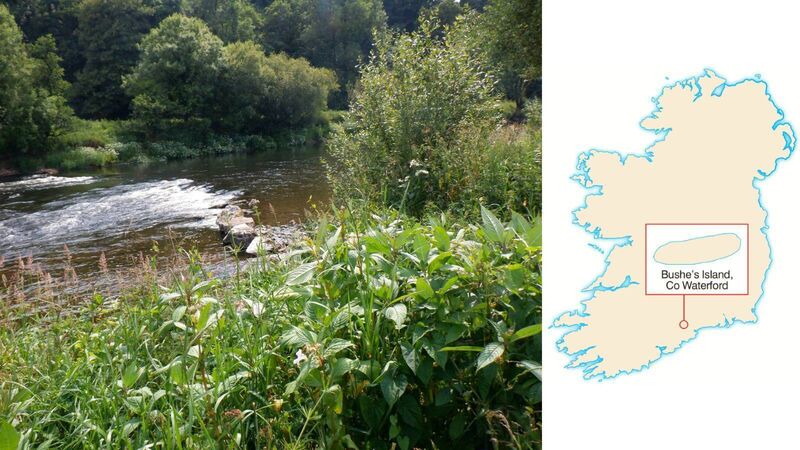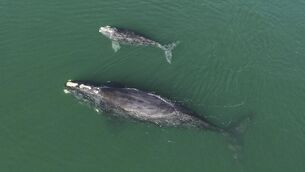Islands of Ireland: Wade to the Waterford island 'built' by Kerry rain

Bushe's Island, near Lismore, County Waterford in the River Blackwater. Picture: Dan MacCarthy
“When it rains in Kerry, we know all about it here,” says Sr Mairéad Ní Dhonnchadha of the Cistercian monastery of St Mary’s Abbey, Glencairn, County Waterford. In periods of high rainfall huge volumes of water flow through the River Blackwater from its origins in the Mullaghareirk Mountains in the east of Kerry to the sea at Youghal.
As the river gradually levels off from higher ground as it passes through Mallow and on to Fermoy, it deposits its silt load which ultimately build up into islands. These, in turn, are broken up and form parts of new islands further along or are washed out to sea.








